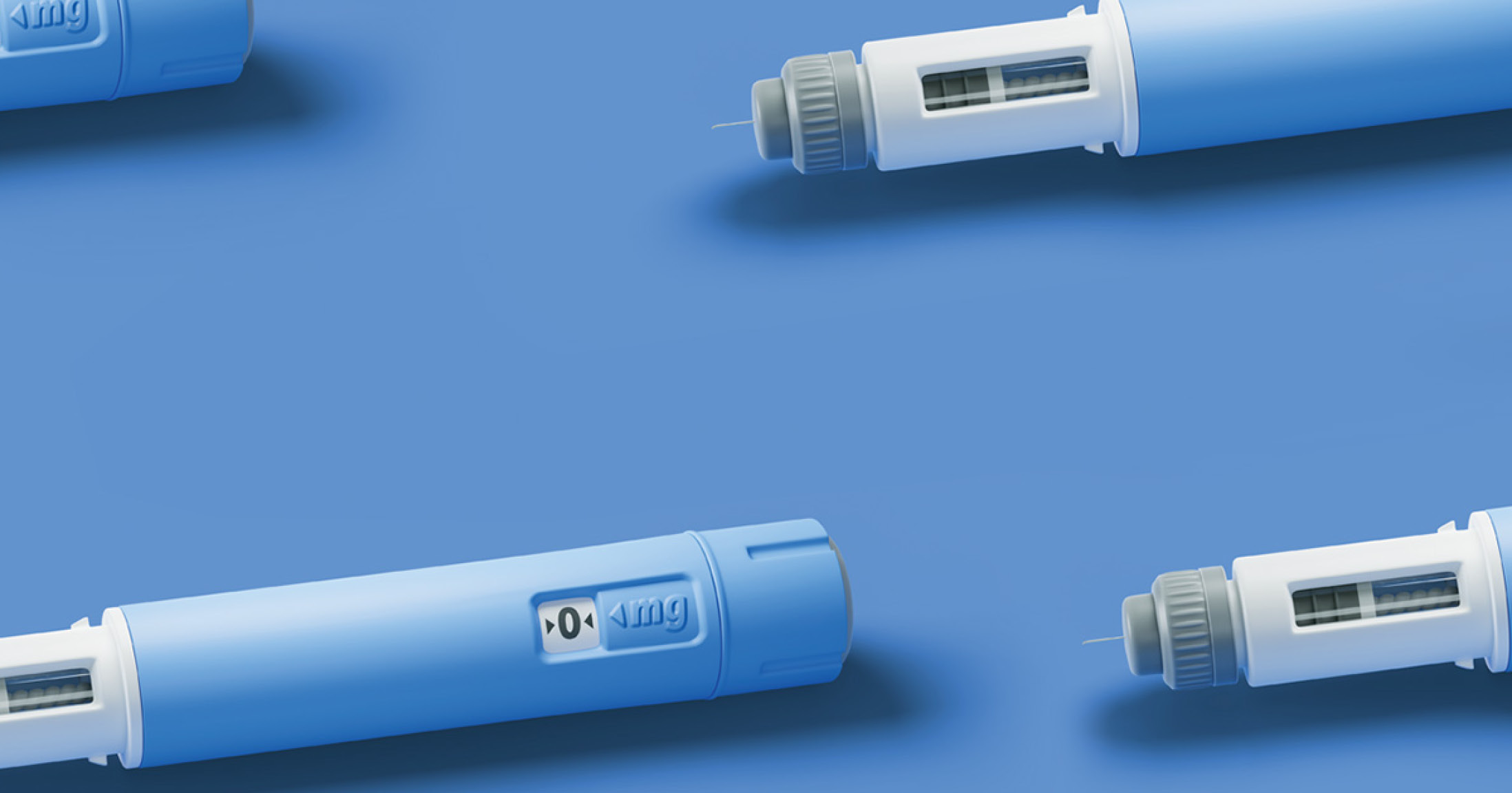There have been significant breakthroughs in health care recently, but few innovations have attracted as much hype as a new class of medications known as GLP-1s, more commonly known by the brand names Ozempic, Wegovy, Zepbound, and Mounjaro.
GLP-1s are designed to help manage blood sugar levels in people with Type-2 diabetes, and they have shown tremendous outcomes in treating obesity. Patients often lose 10-20 percent of their body weight on these drugs. The efficacy of these medications has made them increasingly popular with patients and the doctors treating them in recent years: Global sales of obesity drugs were estimated at more than $20 billion in 2023, and BMO Capital Markets estimates that the global market for this class of drugs will reach $150 billion by 2033.1
What might go into creating winners and losers in the investment space? Here are a few considerations we’re keeping in mind for different players in this rapidly emerging sector.
Biopharmaceutical Manufacturers
The benefits for the manufacturers have received a lot of press lately. GLP-1 drugs have attracted extremely strong investor interest, to the point where Eli Lilly is now the 8th-largest market cap company in the U.S., and Novo Nordisk is the largest European-based company by market cap. Early studies demonstrating the drugs’ efficacy in reducing heart attacks and cardiovascular events, as well as other diseases and complications associated with obesity, suggest there is also a significant market share available for these drugs that has yet to be addressed.
But success is no sure thing, and future challenges may lie in wait. The early track records of GLP-1s are attracting new players to the market, which will challenge early leaders like Eli Lilly and Novo Nordisk. Indeed, Amgen’s management team recently commented that they were pleased with initial phase two data for their diabetes and obesity drug, MariTide. Additionally, there is uncertainty around whether pushback from employers or insurance companies will lead to changes in reimbursement rates, which could dissuade consumers from starting treatment. As with any newer prescription drug, there are always the risks of side effects both known (suicidal thoughts, thyroid cancer, and potential muscle and bone density loss caused by rapid weight loss) and unknown. And, importantly, there is the potential for patients to regain weight after stopping treatments, which could discourage patients who don’t want to be on a drug indefinitely. All of these could impact whether patients can or will utilize GLP-1 drugs, as well as which ones they ultimately select.
“Pick-and-Shovel” Companies
“Pick-and-shovel” companies, such as West Pharmaceutical and Stevanato, make items related to the delivery of the drugs: containment systems, pen cartridges and pre-filled syringes for injecting the drugs. These companies have seen significant growth as a result of their exposure to the GLP-1 market. Pick-and-shovel companies have significantly less exposure to competitive risk — put simply, it doesn’t really matter which GLP-1 pharma company has the highest market share or the number of companies in the market selling GLP-1s. All that matters is that patients are using injectable devices and systems to deliver those drugs. Similarly, they are less exposed to potential pricing pressure for the drugs. The “drug-agnostic” approach also leaves them well-positioned to capitalize on other breakthrough health care innovations coming down the pike.
There are two highly prominent forms of risks facing the pick-and-shovel companies. One is the potential development of an oral form of GLP-1s, which would reduce the need for their delivery devices. In addition, if less-frequent dosing becomes more common because of medical recommendations, insurance reimbursement rates or cost, that would negatively impact these companies as well.
There could be downstream effects on other sectors as well if GLP-1 usage reaches a broader scale. Food and beverage companies may have to adjust if consumers’ eating and drinking habits change; food packaging companies could be impacted by smaller portion sizes, and we’ve even seen theories that airlines could see improvements in fuel efficiency and costs if passenger loads are lighter.
The opinions and analyses expressed in this presentation are based on Curi RMB Capital, LLC’s (“Curi RMB Capital”) research and professional experience are expressed as of the date of this presentation. Certain information expressed represents an assessment at a specific point in time and is not intended to be a forecast or guarantee of future performance, nor is it intended to speak to any future time periods. Curi RMB Capital makes no warranty or representation, express or implied, nor does Curi RMB Capital accept any liability, with respect to the information and data set forth herein, and Curi RMB Capital specifically disclaims any duty to update any of the information and data contained in this presentation. The information and data in this presentation does not constitute legal, tax, accounting, investment or other professional advice.
CFA® and Chartered Financial Analyst® are registered trademarks owned by CFA Institute.






